Hi! Our privacy policy explains how we use your data and cookies. By continuing to browse the site, you're agreeing to our use of cookies.
Valentine’s Day and Aphrodisiacs
If we're celebrating love it’s thought we may need a bit of extra help
- Surya WrightFebruary 13, 2018

Share
It's Valentine’s Day this week and my husband has lovingly told me he has a token for some free flowers, lucky me! I think like us, most people will have a nice meal out or at home, but it got me wondering where Valentine’s Day comes from and do aphrodisiacs really work?
Valentine’s Day
Valentine's Day, also called Saint Valentine's Day or the Feast of Saint Valentine, is celebrated each year on February 14th. It is a Christian feast day honouring one or more early saints named Valentinus.
The day first became associated with love with Chaucer's poetry about "Valentines" in the 14th century. In 18th-century England, it evolved into an occasion in which lovers expressed their love for each other by presenting flowers, offering confectionery and sending valentine’s cards. Check out Wikipedia for a whole load of history if you want to find out more.
Aphrodisiacs
Of course if we're celebrating love it’s thought we may need a bit of extra help and so lots of foods have been promoted as aphrodisiacs for us to enjoy, especially on Valentine’s Day.
Aphrodisiacs are named after Aphrodite, the Greek goddess of love. According to the Cambridge English dictionary an aphrodisiac is: Something, usually a drug or food, that is believed to cause sexual desire in people.
So what are they? Here are some of the most popular:
- Dark chocolate - Chocolate is sensual, from its taste to its aroma.
- Oysters - Experts believe it’s that intimate way of eating the oysters that actually get us going.
- Avocados – It’s aphrodisiac reputation goes as far back as the Aztecs.
- Chillies - Spicy food warms you up, gets your heart pumping, stimulates nerve endings and increases the blood flow.
- Honey - Honey is made through pollination and is a symbol of procreation.
- Rocket - The Romans believed that rocket was an aphrodisiac and used it in love potions.
- Asparagus – It’s just about the shape as far as I can find out!
All of these foods are touted to be aphrodisiacs, but there is NO scientific evidence to prove they are, sorry.
But, they do all contain nutrients which are good for you. So if you want to find out more about the health benefits of any of them, just click on the names above to find out more, and enjoy your Valentine’s Day whatever you eat, just don’t be surprised if those aphrodisiacs don’t cause anything more than a tummy ache from eating too much!
But are there any scientifically proved aphrodisiacs?
There are a few foods that have some scientific backing, but all of them need more research as the studies are too small or the results are inconsistent.
They are:
- Maca, a sweet root veg from Peru
- Tribulus, a weed used as a supplement
- Ginkgo Biloba, another supplement from a tree
- Red ginseng, a popular Chinese herb
- Fenugreek, a plant whose seeds are used in Asian cooking
Whatever makes you happy!

Surya Wright
Co-founder, production manager
I'm our communications and marketing person, dealing with social media and copywriting. I also work with Matt and Ric overseeing the design and strategic management of the site. I'm also the author of the Eva the Hungry Amoeba children's book series (only one so far). You can find it on Amazon. My favourite foods, shepherds pie and smoked haddock!
Love this? Get blogs and more in your inbox
Subscribe to receive our blogs plus each weeks featured ingredient, recipe and nutrient in your inbox
SUBSCRIBE
Thank you for registering
Search
Recent Posts
Tags
- added sugar
- alkaline
- alzheimer’s
- amino acids
- anti-inflammatory
- antioxidants
- beta carotene
- biotin
- black pepper
- blood pressure
- boil
- brocolli
- calcium
- calorie
- calories
- cancer
- capsaicin
- carbohydrate
- carotenoids
- chicken recipes
- chocolate
- cholesterol
- choline
- christmas
- clean eating
- coenzyme q10
- copper
- covid-19
- curry
- dementia
- detox
- diabetes
- diet
- easter
- endurance
- energy
- equinox
- fat
- fats
- fatty acids
- fibre
- fish
- flavonoid
- folate
- food battles
- food diary
- food tracker
- fruit
- gut health
- halloween
- health
- health goals
- heart disease
- high fructose corn syrup
- ibs
- immune system
- in season
- iodine
- iron
- kids yogurt
- life
- lipoic acid
- liver
- low carb
- lutein and zeaxanthin
- lycopene
- macronutrients
- magnesium
- manganese
- medicine
- mental health
- micronutrients
- microwave
- minerals
- myricetin
- natural sugar
- niacin
- nutrition
- obesity
- olive oil
- omega 3
- omega 6
- organic
- pantothenic acid
- phenylalanine
- phosphorus
- phytochemicals
- phytosterols
- pizza
- polyphenols
- potassium
- pregnancy
- probiotic
- protein
- quercetin
- rda
- recipe
- red wine
- resveratrol
- retention
- riboflavin
- saturated fat
- selenium
- seniors
- soup
- spice
- steam
- stress
- stroke
- sugar
- sugar free yogurt
- superfood
- supplements
- teaching
- thanksgiving
- thiamin
- thyroid
- tomatoes
- turmeric
- veg
- vegan
- vegetables
- virus
- vision
- vitamin a
- vitamin b12
- vitamin b6
- vitamin c
- vitamin d
- vitamin e
- vitamin k
- vitamins
- water
- weight loss
- weightloss
- yogurt
- zinc

The personalised nutrition platform for health hungry people

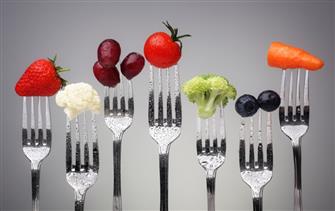 About nutrients
About nutrients
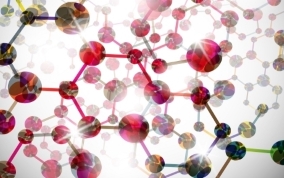 All nutrients
All nutrients
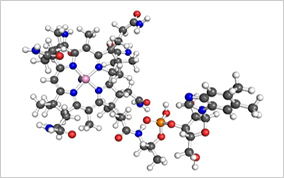 vitamins
vitamins
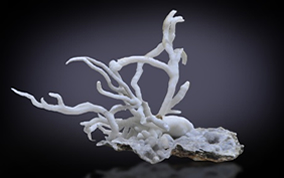 minerals
minerals
 phytochemicals
phytochemicals
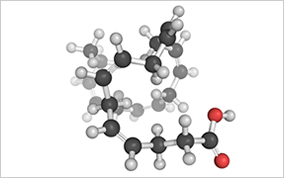 fatty acids
fatty acids
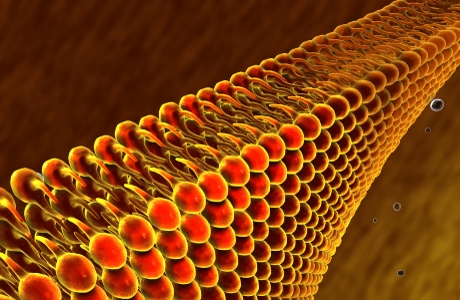 macronutrients
macronutrients
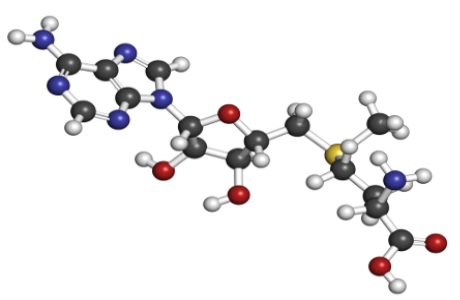 amino acids
amino acids


